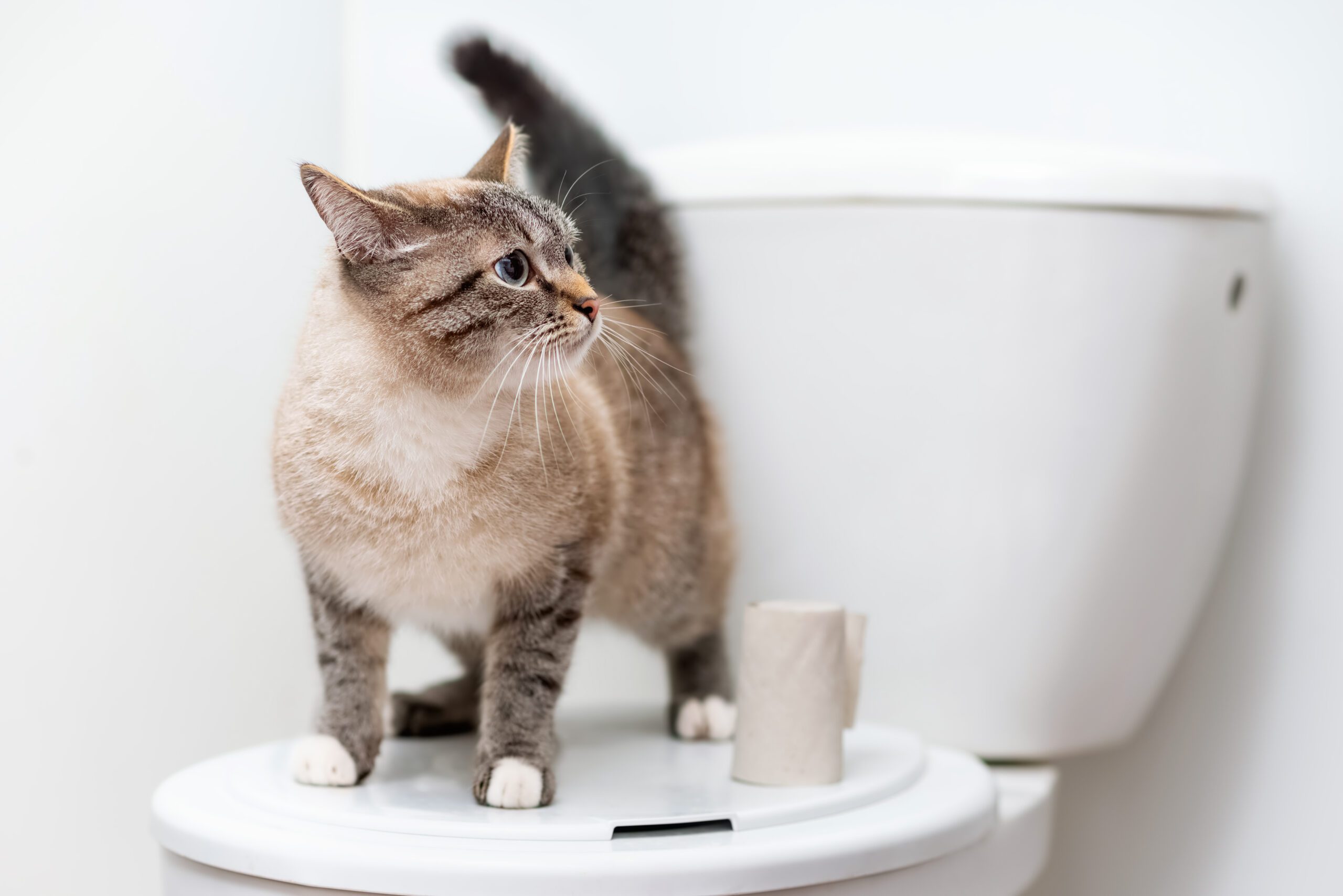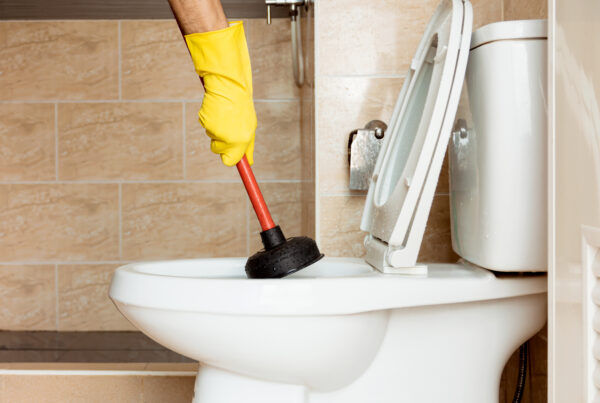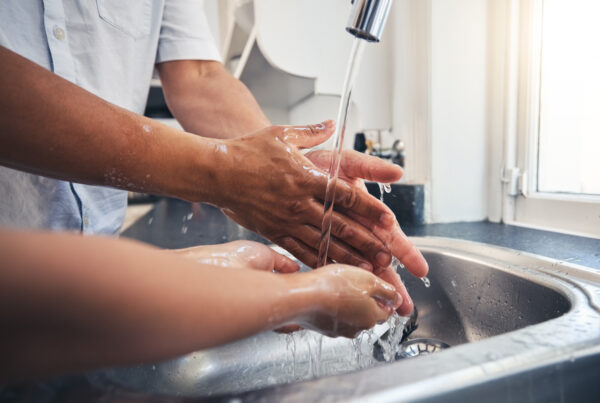Imagine yourself as a cat owner staring lovingly into your pet’s eyes. But cat feces, hiding in the litter box, is a dirty little secret amid all the loveliness. Many cat owners use the convenience of the toilet to get rid of this offensive excrement. What first appears to be a safe approach, however, might quickly degenerate into a plumbing disaster. We explore the hazards of flushing cat feces down the toilet and why it’s a behavior that’s best avoided in this educational yet mildly humorous blog.
The Clumping Catastrophe:
When cat litter comes into touch with liquid, it is intended to clump, making it simpler to scoop up waste. These clumps, however, can wreak havoc on your plumbing system when flushed. Consider your home’s pipes as the unsung heroes who tirelessly convey garbage and water from the premises. Imagine them now, unable to perform their tasks because they are blocked with solid clumps. Not exactly the ideal plumbing situation, is it?
Bacteria Battle:
Cat feces contains a parasite called Toxoplasma Gondii, which can be harmful to humans and marine life. Flushing cat poop down the toilet introduces this parasite into the water system, where it can survive wastewater treatment and make its way into rivers, lakes, and oceans. Our aquatic friends deserve a clean and healthy environment, so it’s best to keep Toxoplasma at bay by finding alternative disposal methods for cat waste.
Toilet Paper Tango:
Toxoplasma Gondii, a parasite found in cat feces that can be dangerous to both people and marine life. This parasite is brought into the water system by flushing cat excrement down the toilet. Where it can withstand wastewater treatment and enter rivers, lakes, and oceans. Finding alternate cat waste disposal techniques is the greatest way to prevent Toxoplasma from spreading because our aquatic friends deserve to live in a clean and healthy environment.
The Aging Pipes Predicament:
Take into account the age and state of your plumbing system. Older pipelines might already be degraded or weakened. Cat waste flushed down the toilet can hasten the corrosion of pipes, causing leaks, breaks, and water damage. It’s comparable to inviting a boisterous gathering into a fragile, old house. You’ll have to deal with the fallout if your pipes are unable to withstand the pressure.
The Kitty Litter Liabilities:
Don’t overlook the effect cat litter has on the environment. Since a lot of litter is non-biodegradable, it can stay in landfills for a long time. They may wind up in our rivers when flushed, increasing pollution. It is a puzzle, isn’t it? In addition to protecting the environment, we aim to be responsible pet owners. Therefore, looking for eco-friendly alternatives for cat waste disposal benefits both the environment and your plumbing.
The Humoristic Hiccup:
It’s important to find some comedy to lighten the atmosphere while talking about all these plumbing mishaps. Who doesn’t enjoy a good laugh, after all? So, let’s suppose for a moment that cat feces is setting out on an exciting excursion through the plumbing system. It’s a theme park ride that nobody expected, with sharp curves and unanticipated obstacles. But trust us when we say that this is a ride you should absolutely avoid.
It’s important for responsible cat owners to take into account the potential catastrophes that can occur when dumping cat excrement down the toilet. The risks greatly exceed the benefits, despite how alluring the convenience may seem. Instead, choose more appropriate disposal techniques. Take into account making a purchase of biodegradable litter that may be securely composted or thrown out with the trash. Keep in mind that it is everyone’s duty to protect the environment, your plumbing system, and even marine life.
Therefore, let’s say goodbye to the notion of flushing cat waste down the toilet. Instead, let’s embrace alternatives that maintain the health of our pipes, the purity of our waters, and the happiness of our feline friends. After all, a purr-fect home environment includes both a healthy plumbing system and a content cat.
With this information in hand, fellow cat lovers, go forth and tell everyone that flushing is for water, not cat feces!
(Without the cat poop, please) Happy plumbing!
Disclaimer: The content of this blog is for informational purposes only. Consult a professional plumber for specific plumbing concerns or questions.





